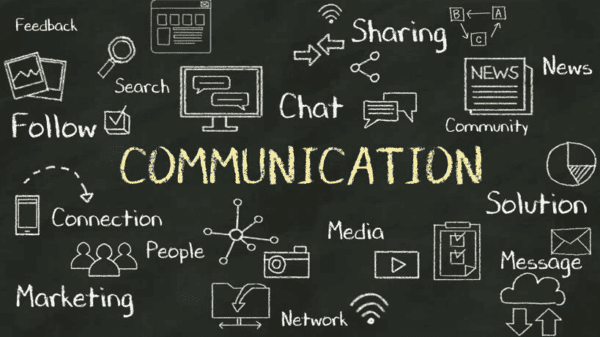Does the customer keep asking you to introduce changes to the logo when you’re almost done with the project you are developing? Or maybe the client isn’t satisfied with the result even though you kept doing everything according to the specifications? Whether you work as a freelancer or as part of a UX/UI design agency like Clay.Global, these and many more problems often arise.
From this article, you will find out about five mistakes to avoid if you don’t want to make the design process a torture table. You will learn how to organize communication with the client in order to achieve optimal results without wasting time and money.
What to Avoid When Communicating with the Client
Hopefully, avoiding these mistakes will help you to make the design process more enjoyable for both yourself and your client.
Mistake 1: Neglecting the Briefing Phase
The first mistake to avoid is to neglect the initial briefing phase with the customer.
The brief is the tool that allows us to better define the project, understand what the client’s needs are, what sector they operate in, what their audience is, and so on. In short, all of that information allows us to design a graphic sign that truly identifies the customer’s business, so it is important that it is done well and in as much detail as possible.
Mistake 2: Making the Customer Make Design Decisions
Unfortunately, this is a rather frequent mistake; many designers make the customer make all those decisions that should actually be up to them: such as the choice of colors, the choice of the font, logo type, etc.
And this is the recipe for disaster because the customer turns into your creative director, and he will feel authorized to ask you about dozens of changes every time (changes that, moreover, are based only on his aesthetic taste).
The problem is that all of these people have not yet truly understood what the professional figure of the designer should be, who is not an executor but a designer: a figure who must propose solutions and be able to motivate their clients.
Mistake 3: Presenting Ideas That Aren’t Convincing to You
It happens very often that a designer ends up proposing something of which they are not fully convinced; maybe because they went through a creative blocking phase or promised the client a certain number of things or committed the previous mistake of letting the customer decide on the design issues.
Here, if you present to the customer a project that does not convince you, you will lose in any case: in doing so, you will not be able to motivate your choices well and, consequently, you will not be able to sell your idea well. Even if the customer approves your proposal, you will still not be satisfied, because you will know that you have not given it your best (and you will not even be tempted to put the project in your portfolio).
Mistake 4: Presenting Too Many Ideas (All at Once)
Presenting too many proposals together only creates confusion in the customer’s head.
This is because you are not guiding them toward the right choice but you are putting them in the condition to choose among many options.
In this way, the customer will not be able to concentrate on every single aspect of each proposal, but will do a summary analysis mainly dictated by his aesthetic taste, and you will not be able to present every single proposal well.
Do not pull out all of your cards at once. This will save you from that ping pong of modifications and revisions, which is frustrating, time-wasting, and above all else, it never leads to good results.
Mistake 5: Not Taking Care of the Presentation
Presentation is the most powerful weapon to sell your ideas.
Explained in detail, with the logic of the creative process, contextualized and enriched with examples and visuals, you make sure that your ideas sound convincing to the customer. In this way, the customer has a 360-degree idea of their identity and perceives all its strengths.
Conclusions
If you are a beginner or an experienced professional, it is always important to keep learning. Hopefully, these tips on communication with the client will help you become even more successful at what you do so you can get major job satisfaction.
Thanks for reading this article. If you're new here, why don't you subscribe for regular updates via RSS feed or via email. You can also subscribe by following @techsling on Twitter or becoming our fan on Facebook. Thanks for visiting!

























































































































































































